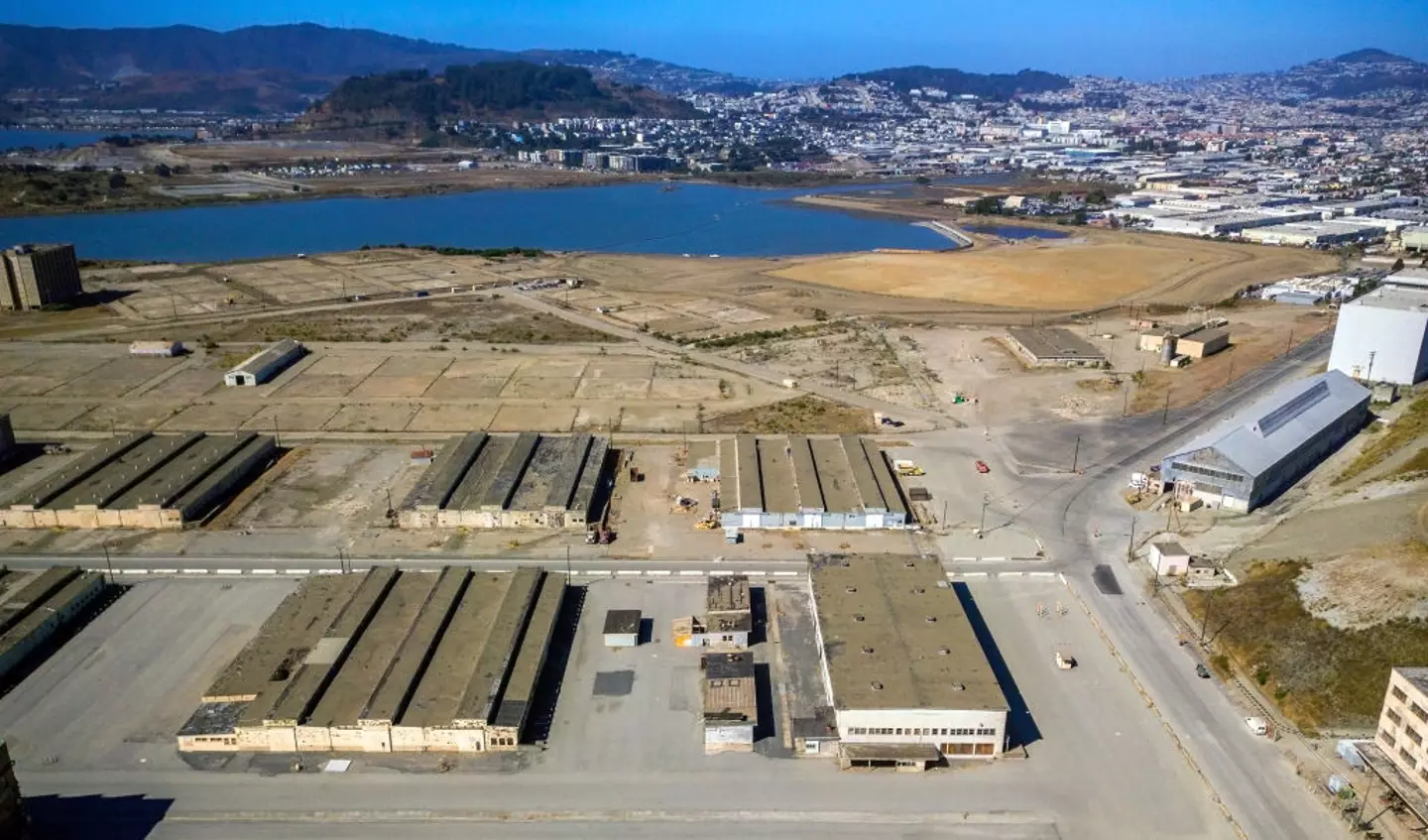An urgent health and safety concern has erupted in San Francisco following the revelation that dangerously high levels of radiation were discovered nearly a year before the public was informed. The substance, Plutonium-239, is a primary material used in nuclear weapons and was detected at the former Hunters Point Naval Shipyard, a site with a long and troubled history of contamination. The delay in notification has sparked outrage among residents and city officials, who are now demanding full transparency and accountability.

The discovery was made in November of last year, but it wasn’t until recently that the US Navy informed the San Francisco Department of Public Health. This eleven-month gap means that families living, working, and playing near the site were unaware of the potential risk for almost a full year. The radioactive sample was found in an area known as Parcel C, which is directly adjacent to a hillside covered in condominiums and overlooks a public park and children’s playground, raising immediate alarms about public exposure.
Plutonium-239 poses a severe threat to human health, particularly when it becomes airborne. Unlike other forms of contamination, airborne plutonium particles can be inhaled, lodging themselves deep within the lungs. From there, the particles can travel to bones and the liver, where they emit harmful alpha radiation for decades. This long-term internal exposure can cause significant damage to DNA and drastically increase the risk of developing cancers, especially lung cancer. It is also chemically toxic, adding another layer of danger.

The Hunters Point Naval Shipyard is no stranger to environmental hazards. Designated as a Superfund site in 1989, it is one of the most polluted locations in the United States. The base was previously used to decontaminate ships that had been exposed to atomic bomb tests, leaving behind a legacy of radioactive waste, heavy metals, and toxic fuels. This latest incident is part of a persistent pattern of contamination that has plagued the community for generations.
In response to the delayed warning, San Francisco’s health officer, Dr. Susan Philip, has formally requested all records related to the incident and is reviewing a year’s worth of air quality monitoring data. The Environmental Protection Agency has confirmed the finding and is working to verify the results and assess the risk to the public. For the residents of the area, the situation is a stark reminder of the ongoing threat in their backyard and a test of the government’s commitment to their safety and right to know.


